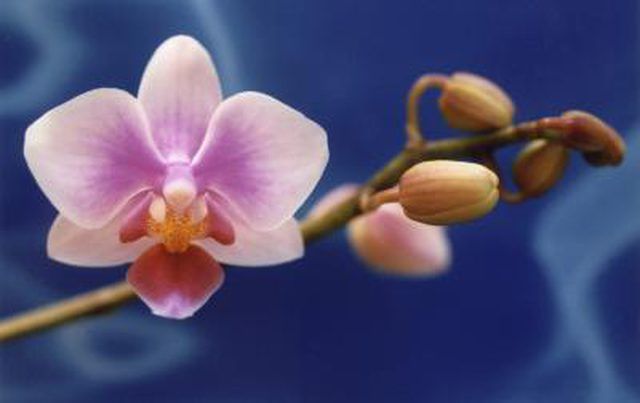Bulbs
Flower Basics
Flower Beds & Specialty Gardens
Flower Garden
Garden Furniture
Garden Gnomes
Garden Seeds
Garden Sheds
Garden Statues
Garden Tools & Supplies
Gardening Basics
Green & Organic
Groundcovers & Vines
Growing Annuals
Growing Basil
Growing Beans
Growing Berries
Growing Blueberries
Growing Cactus
Growing Corn
Growing Cotton
Growing Edibles
Growing Flowers
Growing Garlic
Growing Grapes
Growing Grass
Growing Herbs
Growing Jasmine
Growing Mint
Growing Mushrooms
Orchids
Growing Peanuts
Growing Perennials
Growing Plants
Growing Rosemary
Growing Roses
Growing Strawberries
Growing Sunflowers
Growing Thyme
Growing Tomatoes
Growing Tulips
Growing Vegetables
Herb Basics
Herb Garden
Indoor Growing
Landscaping Basics
Landscaping Patios
Landscaping Plants
Landscaping Shrubs
Landscaping Trees
Landscaping Walks & Pathways
Lawn Basics
Lawn Maintenance
Lawn Mowers
Lawn Ornaments
Lawn Planting
Lawn Tools
Outdoor Growing
Overall Landscape Planning
Pests, Weeds & Problems
Plant Basics
Rock Garden
Rose Garden
Shrubs
Soil
Specialty Gardens
Trees
Vegetable Garden
Yard Maintenance
How to Pot an Orchid
How to Pot an Orchid. Orchids (Cattleya spp., Dendrobium spp. and Phalaenopsis spp.) need repotting every one to three years. If an orchid's potting mixture appears to be breaking down, or if the plant roots are starting to grow out of the pot, it needs to be repotted. Orchids are suited to U.S. Department of Agriculture plant hardiness zones 9 to...

Orchids (Cattleya spp., Dendrobium spp. and Phalaenopsis spp.) need repotting every one to three years. If an orchid's potting mixture appears to be breaking down, or if the plant roots are starting to grow out of the pot, it needs to be repotted. Orchids are suited to U.S. Department of Agriculture plant hardiness zones 9 to 12, depending on species. Although they can grow outdoors in warm climates, orchids are most commonly grown indoors in pots.
Selecting a Pot
Orchids can grow in clay or plastic pots, as long as they have excellent drainage. Pots with slits in the sides as well as the bottom are ideal. When repotting, choose a new pot that is slightly larger than the previous one. Select a size that will hold the plant's roots comfortably without causing them to bend and fold excessively. To prevent plant diseases, sanitize used pots and tools such as knives and shears with a commercially available sanitizing solution or a mixture of 1/2 cup of bleach per gallon of water.
Choosing Growing Medium
Because orchids require excellent drainage, they do not grow well in regular potting soil. Instead, select a soilless orchid potting mix made of fir bark, peat, fern fiber and/or sphagnum moss. Such mixtures absorb some moisture while still allowing the plant roots to dry out a bit between waterings.
If the new potting mixture has not been previously pasteurized, you can sterilize it by moistening it and baking it in the oven at 180 to 200 degrees Fahrenheit for an hour. After the mixture has been sterilized, soak it overnight to allow it to absorb water before planting. Make sure it has cooled to room temperature before using it for planting.
Removing the Old Pot
Water the orchid the night before you plan to repot, as damp soil and roots are easier to remove from a pot. Once ready, turn the pot upside down. Gently thump the sides and bottom of the pot to help eject the orchid. If the plant does not come free or if the roots seem stuck to the sides of the pot, carefully scrape them loose with a sanitized kitchen knife. To make room for as much of the new potting medium as possible, gently remove the old medium from around the orchid's roots. Rinse the roots, and use a sharp, sanitized knife or shears to remove any dead or rotting roots.
Potting the Orchid
Hold the orchid in place, so that the top of its roots are about 1/2 inch from the top of the pot. Its rhizome -- the horizontal stem from which the orchid's vertically growing roots sprout -- should sit level with the top of the potting mixture. Add the new potting mixture to the pot, cautiously filling in the space around the roots. If the mixture is not falling into place around the roots, use a clean chopstick to gently guide it between the roots. Gently pack the potting medium into place.
After Potting Care
Mist the orchid and the potting mixture surface two times per day until any new orchid roots above the potting mixture surface start to grow down into the mixture. Orchids require watering once every four to seven days; they require more frequent watering in dry environments than humid ones. Thoroughly soak the potting medium and roots so that water runs out of the bottom of the pot, but allow the water to drain to prevent the roots from sitting in water.